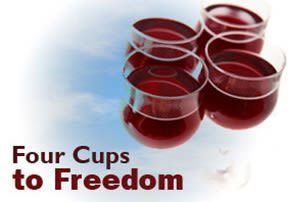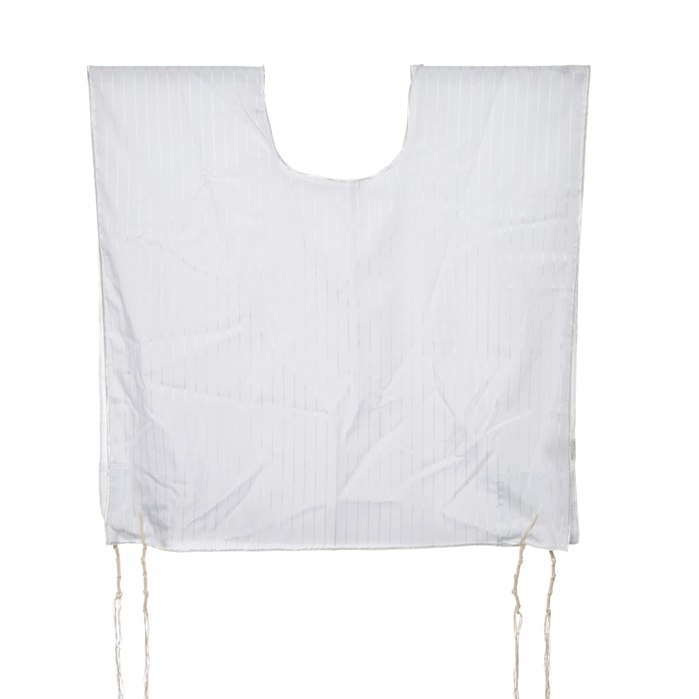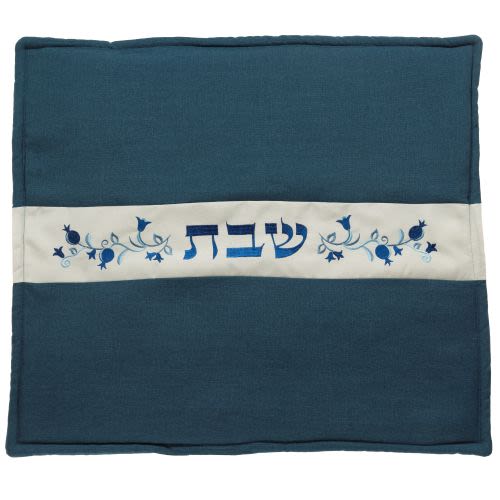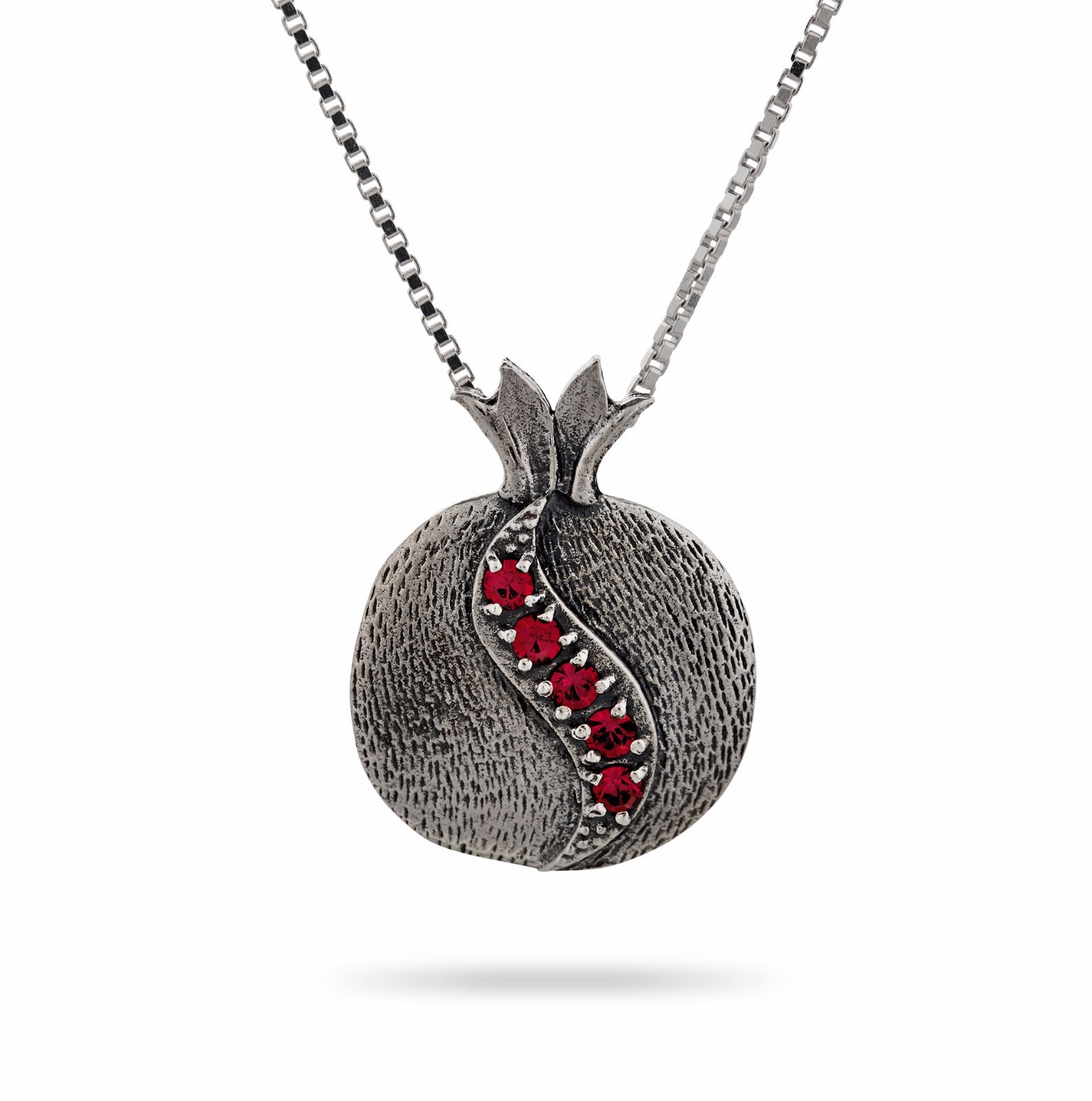
Four Cups To Freedom
Some may describe drinking four cups of wine as having a “religious experience.” Others may call it getting drunk. Regardless of how it makes us feel, we drink...

Some may describe drinking four cups of wine as having a “religious experience.” Others may call it getting drunk. Regardless of how it makes us feel, we drink four cups of wine at the Pesach Seder.
On Pesach we are obligated not only to recall the events that transpired during our history, but to relive them as well. We must feel as if we ourselves came out of Egypt. Since most of us have never built a pyramid, this task is challenging and requires a clear mind and sound intellect — hardly what can be expected after imbibing the four cups of wine! The Seder is also the Jewish family event of the year, and the time in which we commemorate the birth of our holy nation. So why do we drink so much wine? Wouldn’t one glass be enough?
Purim and Pesach differ in that (among other things) on Purim we are obligated to get drunk while on Pesach we are obligated to drink four cups of wine. One who does not like wine can fulfill the mitzvah with grape juice. Every person (man, woman, and child) is obligated in the mitzvah of drinking the Four Cups at the Seder at the appropriate times as mentioned in the Haggadah. A person cannot fulfill the mitzvah by downing all four cups at once. This mitzvah is so crucial to the Seder that even those who do not like wine are required to drink it. A poor person, who relies on charity, is required to sell his clothes to acquire the funds to purchase wine for the Four Cups!
Our Sages offer a variety of fascinating insights as to how the Four Cups symbolize the message of Pesach and freedom.
Why is this night different from all other nights?
Pesach differs from other Jewish holidays. On Pesach we both retell and relive. On Chanukah, for example, we remember the miracle that happened long ago. On Pesach, however, we feel as if Hashem took us out of slavery. Today most of us, thank God, live comfortable lives. Our bosses don’t carry whips and we aren’t forced to build huge Egyptian cities. How is it possible to relive an experience so seemingly removed from our own?
One of the most helpful tools in reconstructing our redemption is the mitzvah of the Four Cups. The Four Cups correspond to the verse in the Torah in which God tells the Jews, “I shall take you out from under the burdens of Egypt, and I shall rescue you from their service; I shall redeem you with an outstretched arm … I shall take you as a people” (Shemot 6:6-8).
Rabbi Chaim Kanievsky, shlita, explains that these four terms retell the Pesach story. “I took you out” refers to the six months prior to our redemption, when the Jewish people stopped working for the Egyptians. “I shall rescue you” corresponds to the moment after the tenth plague when Pharaoh announced that the Jews were free to leave. “I shall redeem you” refers to the moment God actually led the Jews out of Egypt, and “I shall take you as a people” corresponds to the giving of the Torah. Since the Four Cups retell the story of our redemption, we can understand why a person who gulps down four cups at once hasn’t fulfilled his obligation. Each cup represents another stage in the Exodus.
The Four Cups provide a deeper understanding of the concepts of slavery and redemption. The Gemara explains that the Four Cups symbolize the pattern of Jewish exile and redemption. Rabbi Yochanan teaches that all subsequent exiles (and redemptions) follow the Egyptian prototype, in which God takes the Jewish people from the lowest depths to the greatest heights. As we see in Sefer Shemot, God didn’t just take us out of Egypt and drop us into the Promised Land. Rather, He first eased our plight while we were Egypt, then He brought us out of the foreign land for the purpose of reestablishing our covenant, and only after the numerous trials and tribulations in the desert did we finally come home to Eretz Israel.
Rabbi Levi explains in the same Gemara that the Four Cups represent the Babylonian, Persian, Greek, and Roman exiles endured by Israel after the “pilot exile” in Egypt.
On a personal level, we can recall our individual exiles; times of darkness, frustration, and pain. Our ancestors also suffered. Yet their pain was a precursor to tremendous spiritual growth and emotional jubilation at the time of their liberation. So too, we can see times in our lives when we were delivered. We can look forward to times when our suffering will be eased. Since all exiles follow the same pattern, we understand that eventually, all the enemies of the Jews will be silenced. One day we will be gathered back into our land, and all of our spiritual questions will be answered. We long for this reality, and look forward to it.
Thoughts about Redemption
Now that our appetite for freedom has been awakened, how do we merit redemption? Bnei Yissaschar writes that the Four Cups represent the four sources of virtue that the Jews maintained in Egypt. During their 210 year exile, the Jews retained their Hebrew names, spoke their native language, refrained from immoral relationships and they did not inform on one another to the Egyptian authorities. The Meshech Chochmah explains that as a result of these four virtues the Jewish people were able to remain separate from the Egyptians. We, too, should work at developing a strong sense of Jewish identity, build a cohesive community, and strive to adhere to a Torah-based moral code.
While on the topic of morality, some Jews today have taken it upon themselves to “modernize” and “feminize” the Seder to address the needs of an equality-minded, liberal population. It is well known that women were the guardians of the Jewish people, as they encouraged their weary, over-worked husbands to procreate with them to prevent the Jewish people from dying out. In addition, the Maharal of Prague writes that the Four Cups parallel the four Matriarchs: Sarah, Rivka (Rebecca), Rochel (Rachel) and Leah. It was because of these holy women who prodded their husbands to have hope and continue a normal life that Israel merited redemption from Egypt. From here we can see that both men and women are crucial to bringing the Jewish nation to greatness, and that both men and women are capable of bringing the Jewish people closer to our ultimate redemption.
The Vilna Gaon explains that the Four Cups represent four levels of existence. The first cup represents our present existence, when the body and the soul dwell together in this world. Eventually, the universe will culminate in the ultimate redemption of the Jewish people, and the world will enter the period of Moshiach (the second cup). Later, the world will witness the revival of the dead (the third cup), and finally the world will become Olam HaBah, the completely spiritual, eternal realm (the last cup). The Gaon teaches that anyone who carries out the requirements of the Seder is assured his spiritual well-being in all four worlds.
True Wisdom
On Seder night we celebrate our people’s uniqueness. We recall our miraculous redemption from bondage. We ponder our wanderings through history, and marvel at the Divine assistance that has enabled us to survive and flourish despite all those who rose up to destroy us. We often see the same Divine assistance reflected in our own lives as we overcome seemingly impossible challenges. We recognize our unique relationship with the Almighty. This too ties back to the wine.
Alcohol is neither inherently good nor bad. A person can drink to escape reality. Alternatively, through drinking the Four Cups of wine at the Seder, we achieve sanctity. Just as wine can be used to escape reality or as a means of sanctification, our lives can go in two directions; toward the sacred or profane. Israel’s legacy is our adherence to God’s mitzvot, and this is the secret to our unique status as “the Chosen People.”
This contrast brings to light another difference between Israel and the nations. Normally, when a person is miserable, they drink to distance themselves from the pain. In the morning, when the wine is gone, the pain returns. Israel first recognizes their extraordinary relationship with the Almighty, and recounts His goodness, and only afterwards drinks. In this case, even when the wine has worn off, our joy and sanctity remain.
Perhaps now we can understand why there are such stringencies when it comes to drinking the Four Cups. These four cups symbolize the essence of Pesach, and the essence of being a Jew. Since we are obligated to relive, and not simply recall our redemption, a person must physically drink the Four Cups at their designated points in the process of going from slavery to freedom, from exile to redemption. May we internalize the message of Pesach as individuals, and may this lead to the collective and final redemption.












Tell us what you think!
Thank you for your comment!
It will be published after approval by the Editor.